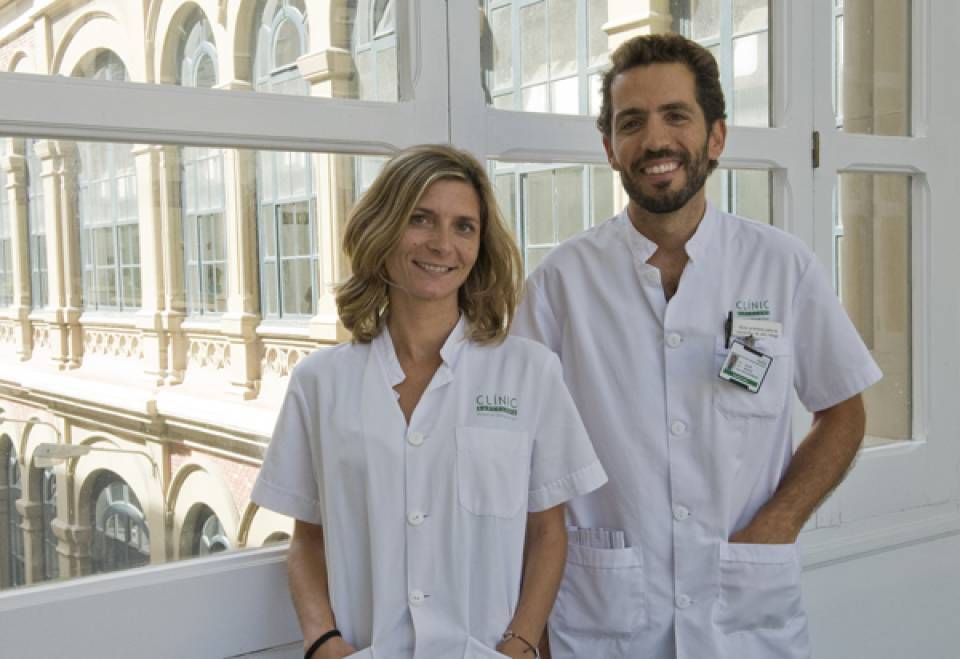Serrated polyps of the colon are a group of heterogeneous lesions which have the potential to transform into colorectal cancer (CRC) through the serrated pathway of carcinogenesis, by which up to 30% of tumors are developed. Until now, the risk has not been quantified precisely, and factors that are associated with an increased risk of developing a malignancy have not been described. Since the serrated polyps may predispose the CRC, patients and their families require multidisciplinary assessment in specialized high risk colorectal cancer units.
In the study published in Gut 296 patients from 18 Spanish hospitals were included and followed for 45 months. CRC was diagnosed in about 16% of patients who had serrated polyposis syndrome. Researchers have shown that although there is a predisposition to develop cancer, the risk is lower than the previously published. "Until now, patients with serrated polyposis were advised to annual colonoscopy surveillance, a protocol that should be tailored according to the presence of CRC risk factors", explains Dr. Balaguer, who is also coordinator of the Gastrointestinal Oncology Group of the Spanish Association of Gastroenterology (AEG). On the other hand, the authors have determined that the risk of CRC with colonoscopy follow up is very low (2% in a period of 5 years). "Redefining the risk allows us to optimize the use of endoscopic resources as less intensive surveillance is required", he adds.
This study also suggests which specific features of polyps are useful to identify those patients with serrated polyposis at a higher risk of developing a CRC. Thus, the accumulation of factors such as the location of lesions in the colon, the presence of dysplasia, and the number of polyps has a synergistic effect on this risk. "This allows us to stratify patients according to risk and provide them a better surveillance protocol and an optimal treatment," concludes Dr. Carballal.
Article reference:
Carballal S, Rodríguez-Alcalde D, Moreira L, et al; Gastrointestinal Oncology Group of the Spanish Gastroenterological Association.
Gut. 2015 Aug 11. doi: 10.1136/gutjnl-2015-309647.

